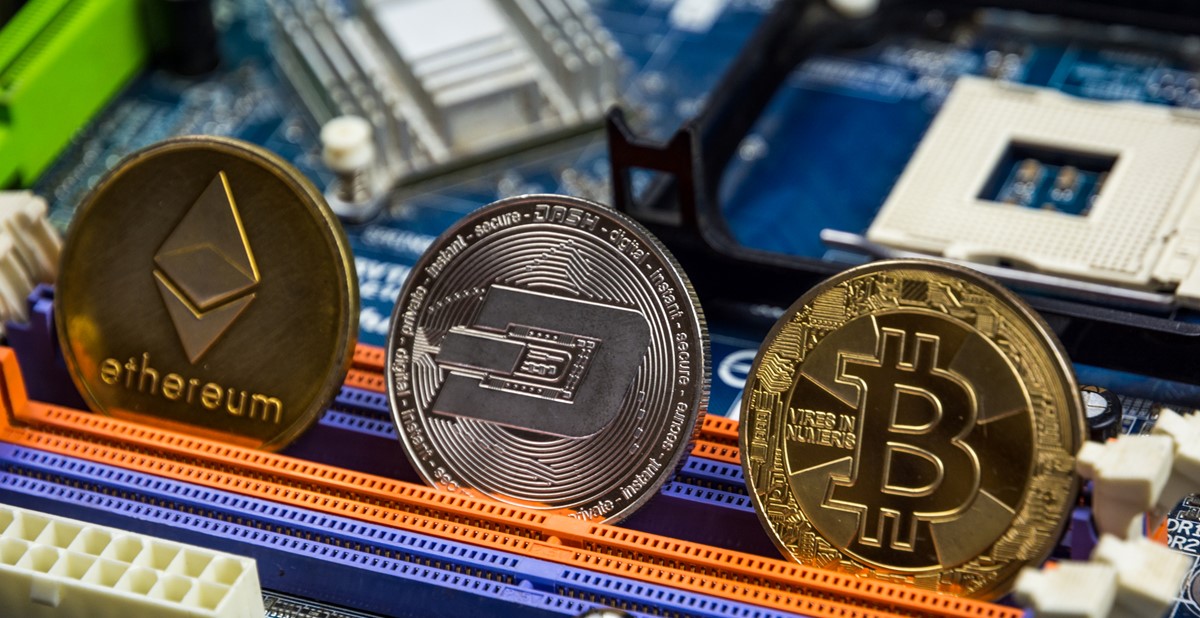Viewpoint: NFTs: The Next Revolution In Promo

Image by Bermix Studio / Unsplash.com
You have probably heard of NFTs (non-fungible tokens) and may or may not be comfortable with the concept. NFTs are explained here in this issue and there’s another excellent explanation on The Verge at bit.ly/3tUAgaG.
Today, the world of NFTs is almost exclusively devoted to artwork. Many people have envisioned NFTs as a crucial lifeline to tens of thousands of artists who need a way to showcase and sell their work. By using NFTs, artists are able to create and sell a “digital canvas” in a tokenized format that can be uniquely owned.
Why is this important? Because being the true owner of anything is considered to be valuable in our world of collectors. Just think, if you saw the original of Van Gogh’s Starry Night painting amidst thousands of copies, no one would be able to spot the original, but owning the original immediately gives it tremendous value—maybe hundreds of millions of dollars vs. a few dollars for the copies.
Naysayers may argue that NFTs are not physical and are, therefore, not valuable assets. I would counter that your memories are intangible and certainly the most priceless item you can own.
This might be a hard concept to wrap your mind around, but those in the digital space understand that this uniqueness can be digitized as an NFT, a special kind of crypto asset in which each token is unique, as opposed to “fungible” assets like Bitcoin and dollar bills, which are all worth exactly the same amount. Because every NFT is unique, they can be used to authenticate ownership of digital assets like artwork, recordings, virtual real estate and pets. However, the uniqueness of an NFT is that it can’t be something else—it is the original.
The blockchain concept is also difficult to understand but a great analogy might be the title to an automobile. As a car is sold to the next buyer, the record of ownership, the title, changes hands. On the blockchain, when an NFT is sold to the next buyer, the record of ownership also changes hands. This transaction is recorded on the blockchain. The first block is the original ownership. The sale to the second owner becomes the second block. It is impossible to erase a block and this transaction history is visible to all across the world. As a result, your ownership of the NFT is indisputable as proven by this blockchain record. This is the essence of the decentralized world—there is no clearinghouse in this transaction, it is simply person-to-person. This is the same technology which powers crypto currencies such as Bitcoin and Ethereum.
![]()
There are a number of people who specialize in the creation of NFTs and just as we would look to a graphic designer to create a logo or a construction engineer to build a building, we would collaborate with an NFT artist to create the NFT. We are working on a database of artists for the promotional products industry.
![]()
Great question! And this can be somewhat complex, but the mechanics don’t need to be known by the buyer—just like the television viewer has little understanding of how the TV actually works. However, if you are interested, the process of actually creating an NFT is called “minting.” And most creators of NFTs know exactly how to accomplish this. Along with minting, there are gas fees, which is the cost required to responsibly handle a transaction on the Ethereum network.
![]()
I have found that the easiest way to understand and get excited about NFTs is to take the time to look at them. The best ways to view NFTS are on one of the popular platforms such as www.niftygateway.com, www.opensea.io and www.rarible.com.
![]()
Yes and no. Most NFT transactions are handled in Ethers but some platforms allow purchases in dollars.
![]()
This is an area where our industry can be a leader, but creativity will be needed. Most importantly, it will be essential that our customers understand the concept, and once they do, the selling will begin. Our industry is all about recognition, and NFTs are a special way to capture an important moment. A great example might be rewarding the salesman of the year with a crystal award and an NFT commemorating the event. The distributor would engage an NFT artist to make the moment unique. The recipient could then use the NFT to display as their screensaver, to put in a digital frame in their home, or even display as art in their “virtual home” (this is another new concept). Another idea might be as gifts for participants at a golf outing or a real estate agent using NFTs as a closing gift for a new home.
This sounds futuristic and it is, but NFTs are not a short-lived fad. Indeed, NFTs have been around in some form since 2012. NFTs are a game-changer. The youth of today are growing up in a digital world. For example, who would have thought that esports would become an Olympic event in 2024? Now is the time to begin to learn, understand and be at the forefront of this exciting product.
–––––––––––––––––––––––––––––––––––––––––––––––––––––––––––
Gerry Barker is president of distributor Barker Specialty Co. in Cheshire, Connecticut. The company recently celebrated its 70th year in business.

